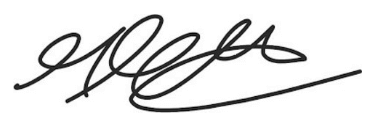“If we needed masks to survive, we’d have evolved them ourselves.”
“You gotta ask yourself, if the ‘virus’ hasn’t been proven, what is the vaccine for?”
“The survival rate is 99.7 percent – why would we need treatment?”
Social media can be stressful. Above, I’ve included real quotes, from real people, expressing real opinions. Take a moment to digest that…
Our favorite online platforms create and perpetuate social bubbles. Inside, we feel safe – surrounding ourselves with those who hold the same beliefs and ejecting those who dare think otherwise. In the age of COVID-19, these rival bubbles are more apparent than ever.
The problem is real – and it is dangerous. Data suggest that 5,800 people have been hospitalized following their compliance with COVID-19 misinformation obtained through social media (1). Eight hundred have died. Studies have shown that certain measures, such as wearing face masks, are effective at reducing SARS-CoV-2 transmission (2) – but how do we protect ourselves when some throw their mask aside because it didn’t sprout from their own face?
I’ve penned editorials about the need for scientist-to-public communication before, but then the aim was to maintain a bridge between research and public opinion, ensuring relevance now and in the future. This time it’s about protecting people.
How can we do this? When sharing science on social media, we need to ensure the information can be universally understood and that it reaches the right audience – bursting the bubble, so to speak. Governments make attempts to break through – but trust is an issue. “Please apologize for falsifying the COVID-19 death figures and release the correct number,” reads one comment on a government Facebook post.
As analytical scientists, how can you help? Could you simplify the complex without losing essential information? Could you extract understanding from confusing data? Could you present the solution to someone's puzzlement? After all, these are questions you face every day.
We must all play our part in making science more inclusive and accessible. If not, “fake news” (and fake science!) may drive the public into complacency or misunderstanding – and possibly hospital beds and funeral homes.


References
- MS Islam et al., Am J Top Med Hyg [Online First] (2020). DOI: 10.4269/ajtmh.20-0812
- DK Chu et al., The Lancet, 396 (2020). DOI: 10.1016/S0140-6736(20)31142-9




